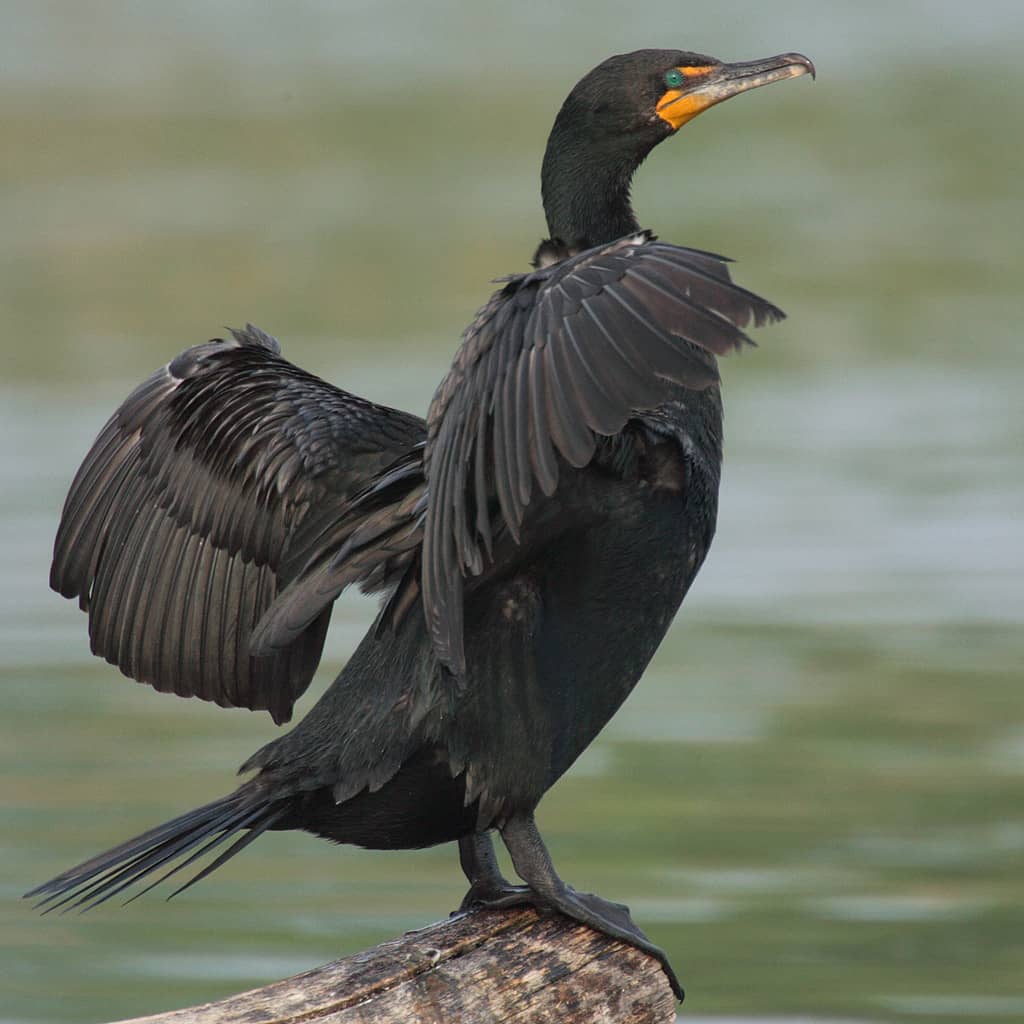Killing Birds to Save Salmon: Officials Propose Culling Largest Cormorant Colony in America
OutdoorHub Reporters 11.26.14

Each spring, more than 60,000 birds come to East Sand Island near the mouth of the Columbia River to nest, including 14,900 breeding pairs of double-crested cormorants. It is believed to be the largest colony of the birds in North America, and millions of fish are needed to sustain their numbers every year. According to the US Army Corp of Engineers, over the past 15 years the birds have consumed an average of approximately 11 million juvenile salmon and steelhead every year. Even worse, experts say that the rate of predation is only increasing—to about 20 million smolts in 2011.
“They’re eating over 6 percent of all the wild steelhead that are passing through the lower Columbia River,” fisheries biologist Ritchie Graves told National Geographic.
That is a very significant number for fish like chinook salmon, which are on the endangered species list. Cormorants have not always had such a big impact on the local fish population, in fact they are not even native to East Sand Island. That is because the birds only arrived after the man-made additions to the island in the 1980s. Now the Corps propose to reduce the cormorant colony to only 5,000 breeding pairs in an effort to protect the fishery.
Double-crested cormorants have a history of impacting fish populations, and more than half a million of the birds have been killed since 1998.
“The Corps knows managing double-crested cormorant predation could cause significant impacts to the western population of double-crested cormorants,” the Corps stated on its website. “Therefore we must analyze those impacts and evaluate them when making a decision.”
The US Army Corps of Engineers is currently working with the US Fish and Wildlife Service, US Department of Agriculture, Oregon Department of Fish and Wildlife, and the Washington Department of Fish and Wildlife to come up with a plan to lower the cormorant population—or at least mitigate the number of fish they eat.

